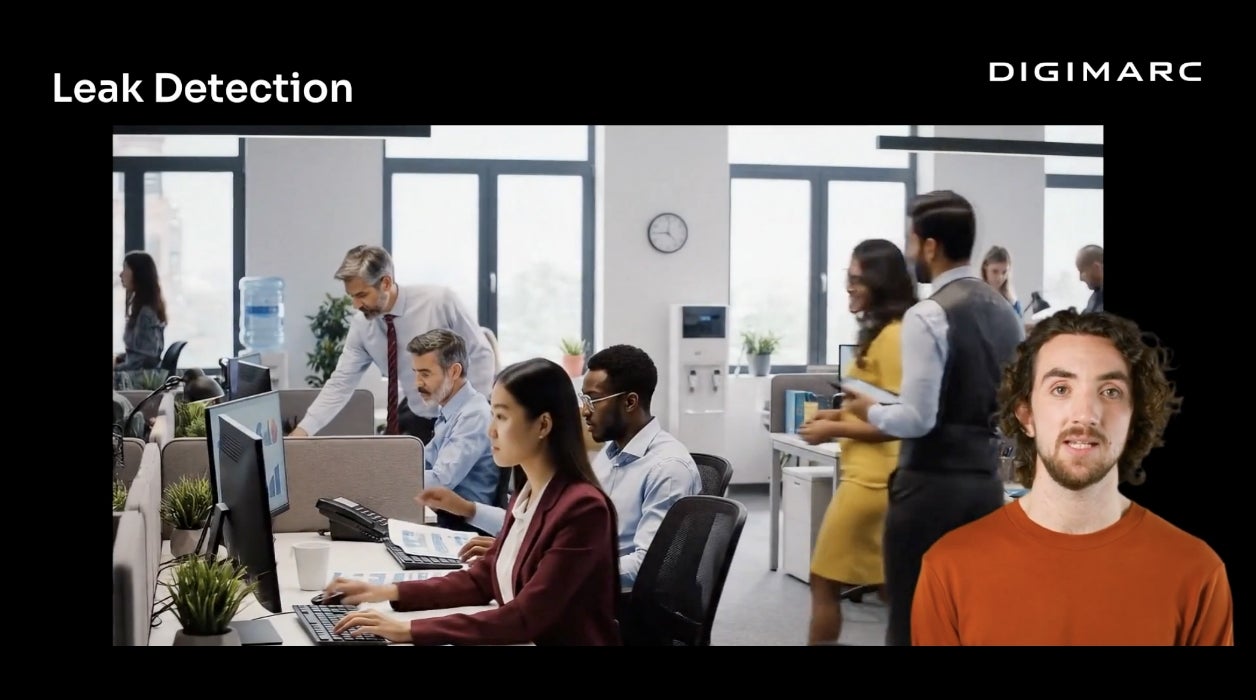Retailers and consumer brands have two primary avenues when working with a packaging manufacturer to print product packaging and/or labels: traditional printing (including offset, flexography, gravure and screen printing, amongst others) and digital printing. For example, flexo printing involves the use of high-speed printing presses with pre-imaged plates to transfer ink to a variety of packaging materials—well suited to large volume FMCG (Fast-Moving Consumer Goods) packaging where artwork is static.
By comparison, digital printing is more like consumer printers in the home office, but the quality of the output is equal or superior to conventionally printed items. With digital printing, there are no plates involved, but lasers (xerography) or inkjets instead (e.g., high-speed industrial inkjet printers). It can be more expensive, but also offers the option of variable data printing (VDP), enabling aspects of the artwork to change with each packaging impression. This allows consumer brand owners to print different (variable) information on each of its products all in one print run. This might include codes or numerical values on each printed item.
The Coca-Cola Company, for example, leveraged VDP to produce hundreds of millions of labels for soft drink bottles featuring a wide variety of consumer names. The effort was part of their "Share a Coke” marketing campaign allowing “Marks” and “Sarahs” to find their own personalized Coke, leading to documented sales increases.
VDP is commonly used for direct mail marketing and other promotional efforts, but here are five ways consumer brands can leverage this technology for packaging and labels:
Serialized Identities – Add a unique serialized variable length identifier to each product. This enables organizations to pinpoint the progress of products through the supply chain and distribution process through consumer use and disposal. This traceability function helps communicate when and where products were produced and distributed, and limits legal and economic exposure during product recalls.
Custom Information – Lemon and orange-flavored mineral water packaging, for example, may be nearly identical, with the exception of one ink, and some copy. VDP makes the process more efficient.
Personalized Packaging – Consumer brands can also personalize print pieces and packaging to another level, by combing digital printing and their CRM database in customized high-margin gifting and product sales.
Country-of-Origin Labeling (COOL) – This is a U.S. federal law. VDP makes it easy if, for example, half your frozen blueberries are Canadian, and the other half are U.S. in origin.
Multiple Languages – The package design and logo won’t change in the Japanese or French marketplaces, but the copy will likely change.
The Digimarc Platform enables packaging manufacturers to offer variable data printing and serialized identities using high-speed industrial inkjet printing systems in combination with traditional package printing methods. Find out more about our offering.
Digimarc has also partnered with Global Graphics, an industry expert in printing, PDF and digital document software. We sponsored an important guide on how to make variable data PDF files that won’t slow digital presses.
